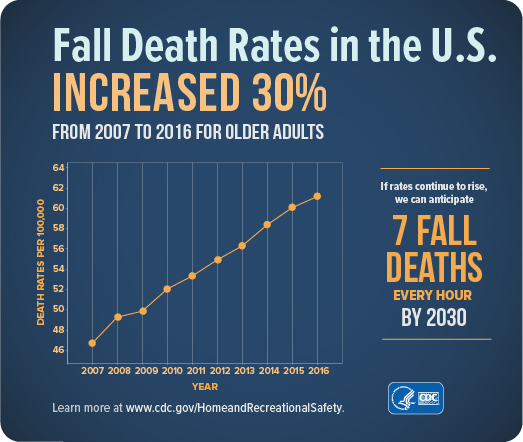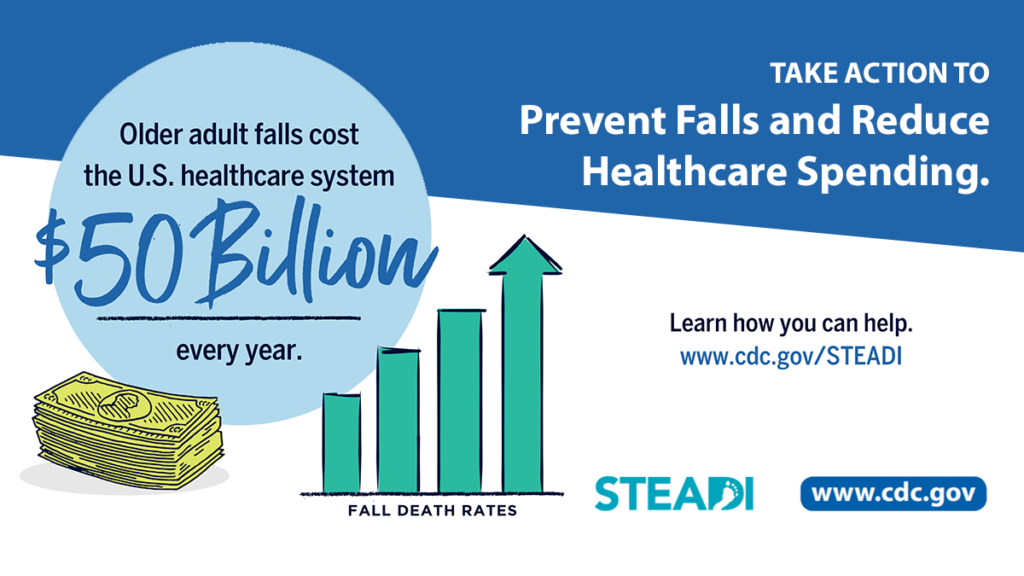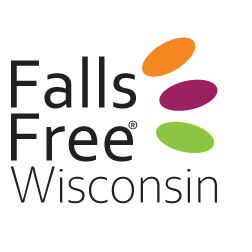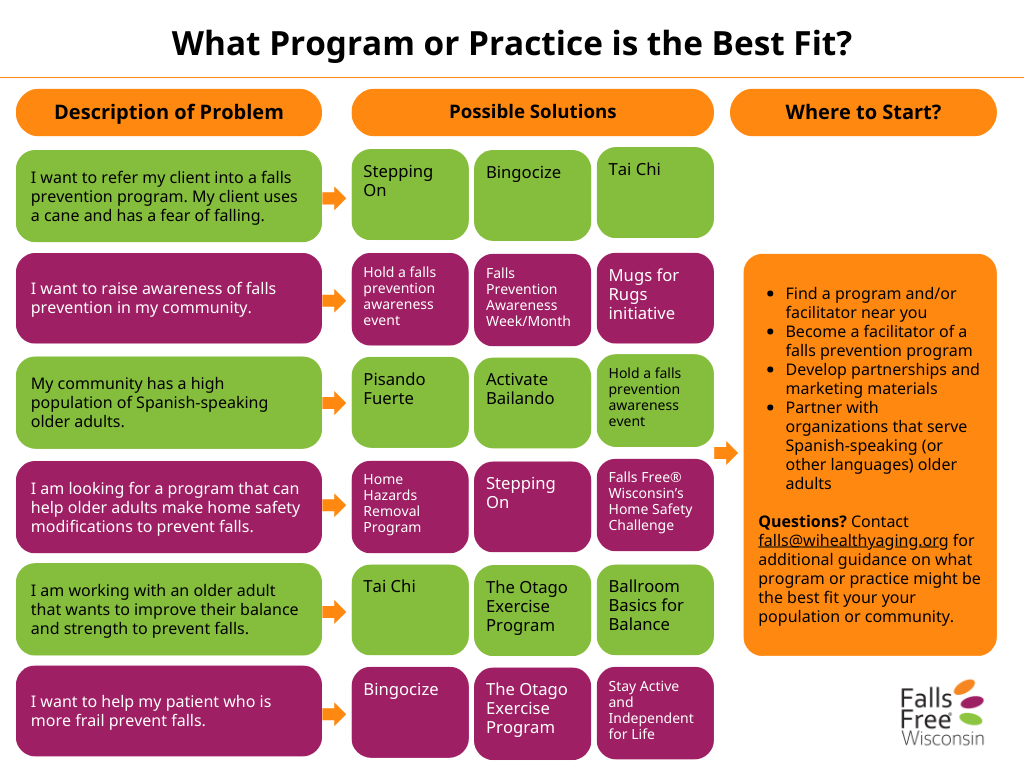Section 1: Introduction/Getting Started

Falls are the leading cause of fatal injury among older adults in the United States. See falls data and falls facts.

Falls are associated with complications such as limited social interaction, functional decline, and depression and are a strong predictor of skilled nursing facility placement. In addition, fall-related injuries and complications result in significant strain on the healthcare system.

The Falls Free Wisconsin Coalition is committed to improving health outcomes and healthy aging among older adults in Wisconsin using a collective impact approach. Made up of community-based organizations such as aging offices and Aging & Disability Resource Centers, health care providers and systems, local falls and injury prevention coalitions, and others, the group is focused on:
This toolkit is designed to meet a wide variety of communities and organizations, including:
Throughout this document, the term coalition will be used to broadly refer to all collaborative efforts for fall prevention.
Developing a county coalition can play an important role in changing systems to address fall prevention. A coalition to address falls and fall-related injuries can offer a variety of opportunities and advantages, which include:
The key recommendation from coalitions across the state and the country is to be inclusive. All members of a community, including consumers, providers, policy makers, older adults themselves, and others, have a role to play in reducing the number of falls and falls-related injuries among older adults and promoting best practices for maintaining independence, safe mobility, and strength and balance. Other recommendations include the following:


